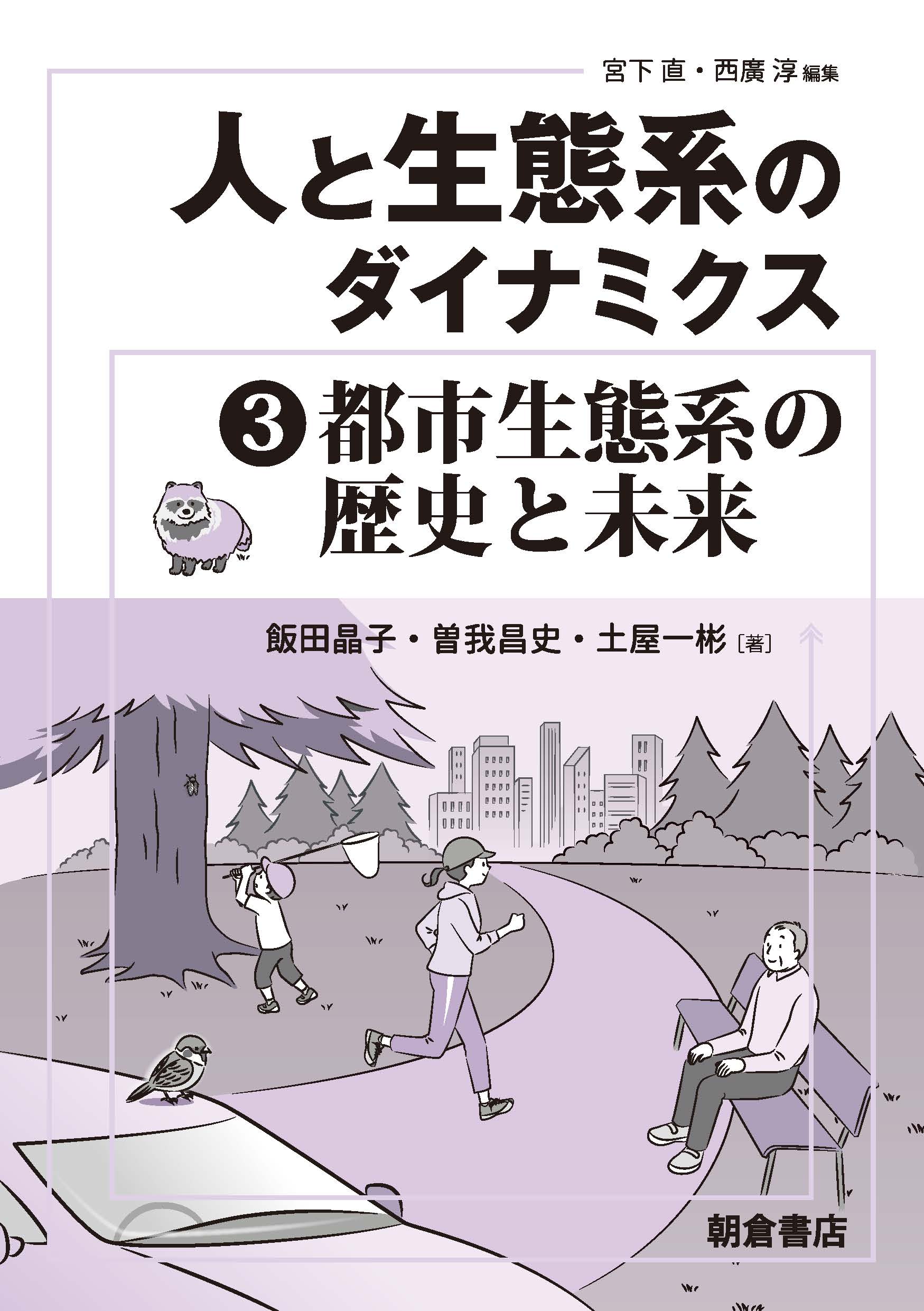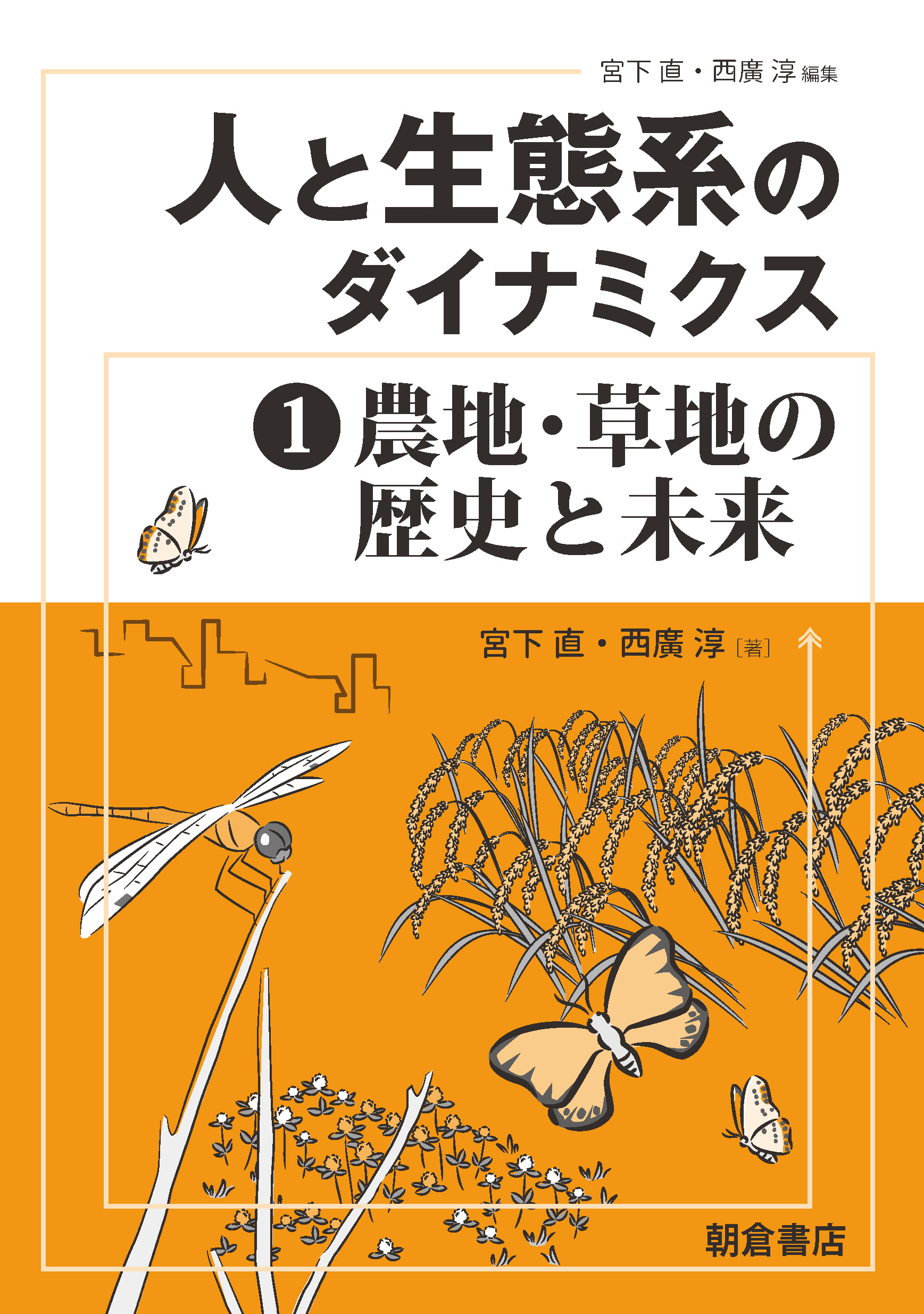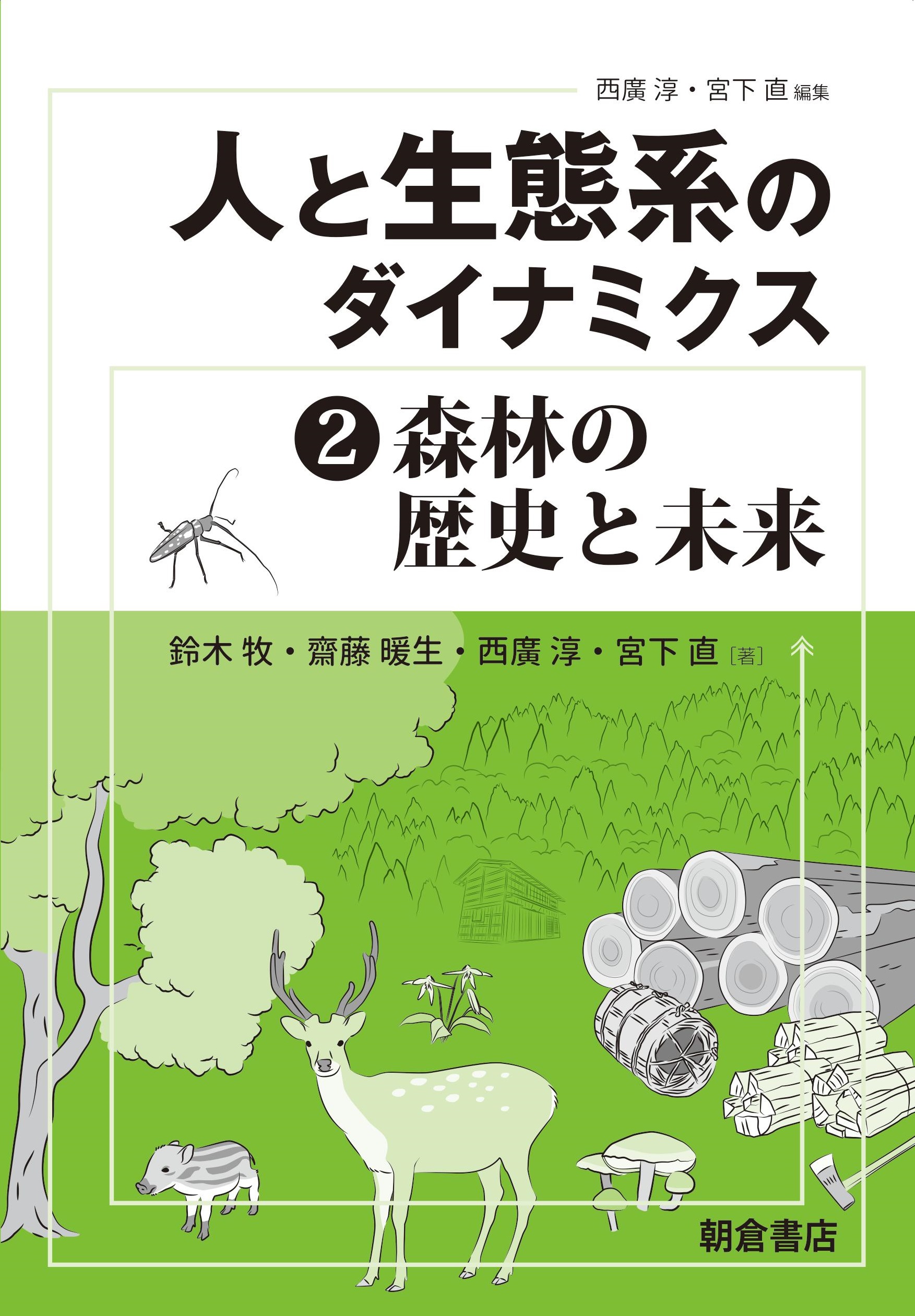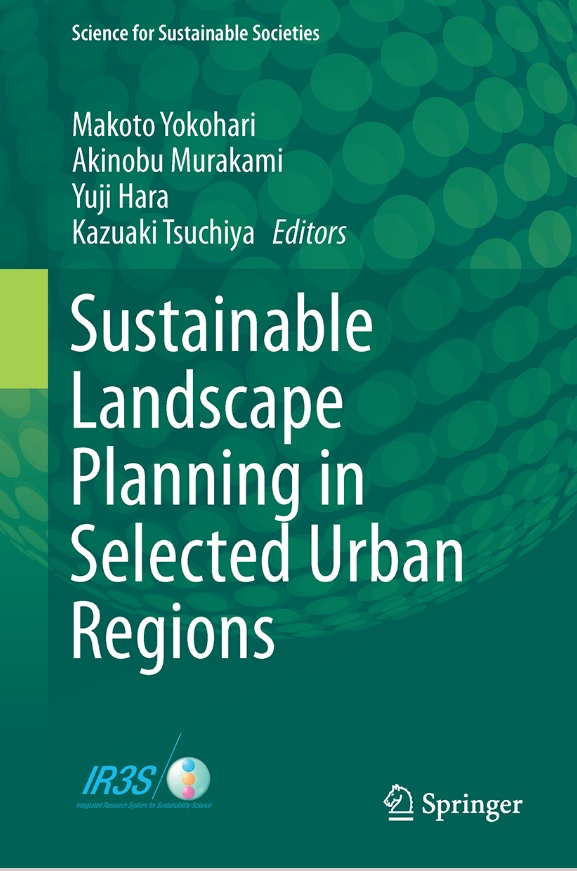
Title
Dynamics of Human and Ecosystem 3 Toshiseitaikei no Rekishi to Mirai (History and Future of Urban Ecosystems)
Size
180 pages, A5 format
Language
Japanese
Released
October 01, 2020
ISBN
978-4-254-18543-0
Published by
Asakura Publishing Co., Ltd.
Book Info
See Book Availability at Library
Japanese Page
Cities are people-driven places that are created for residents to carry out social, economic, and cultural activities. Man-made environments, such as roads and buildings, as well as natural environments such as parks, gardens, waterfronts, etc., are all made according to the taste and convenience of its residents. Therefore, urban ecosystems are special ecosystems in a sense, unlike natural ecosystems such as forests, grasslands, rivers, tidal flats, etc., that have existed since before humans came into existence.
Moreover, cities continue to change their appearance dynamically with the times. Cities have always been influenced by the social, economic, and cultural activities of each era and have continued to change according to the climate and geography of the land. In addition, the urban climate is also changing due to the urban heat island phenomenon and the effects of global climate change. Urban ecosystems are also constantly changing in response to these changes.
To understand the dynamics of such urban ecosystems and to move them in a more desirable direction, interdisciplinary knowledge that integrates ecology and urban planning is indispensable. Three young researchers from the University of Tokyo’s Faculty of Agriculture and Faculty of Engineering have co-authored this book to fulfill that need. Soga, who specializes in ecology, Iida, who specializes in urban planning, and Tsuchiya, who is affiliated with both fields, have come together with the aim of providing a fresh perspective for both fields of ecology and urban planning.
The contents of this book are structured to build an understanding of human-nature interactions in the city from the perspectives of the “Past,” “Present,” and “Future” of urban ecosystems. “Past,” which is the first section of the book, discusses the history of urban ecosystems with a focus on the relationship between nature and life in Japanese cities over the last 1300 years since Heijokyo. Meanwhile, research on urban ecosystems is relatively new, and the complete picture has finally come to light as a consequence of research conducted over the last 20 years. The second section, “Present,” talks about the urban ecosystem in Japan and introduces important viewpoints and information, especially from the three perspectives of biodiversity, human-nature interactions, and nature’s contributions to people. It also introduces the latest research in the field. The third section, “Future,” discusses the concept of green infrastructure that is spreading across the world these days. It explains how to utilize ecosystem services and biodiversity wisely and describes the trends and future prospects of urban development.
Although there has not been much interaction between the fields of ecology and urban planning till now, we believe that the fusion of these fields will be a major trend in urban ecology research and urban planning in the future. This book would provide a fresh perspective for anyone interested in either field.
(Written by IIDA Akiko, Project lecturer, School of Engineering, SOGA Masashi, Associate Professor, Graduate School of Agricultural and Life Sciences and TSUCHIYA Kazuaki, Assistant Professor, Graduate School of Agricultural and Life Sciences / 2020)



 Find a book
Find a book




